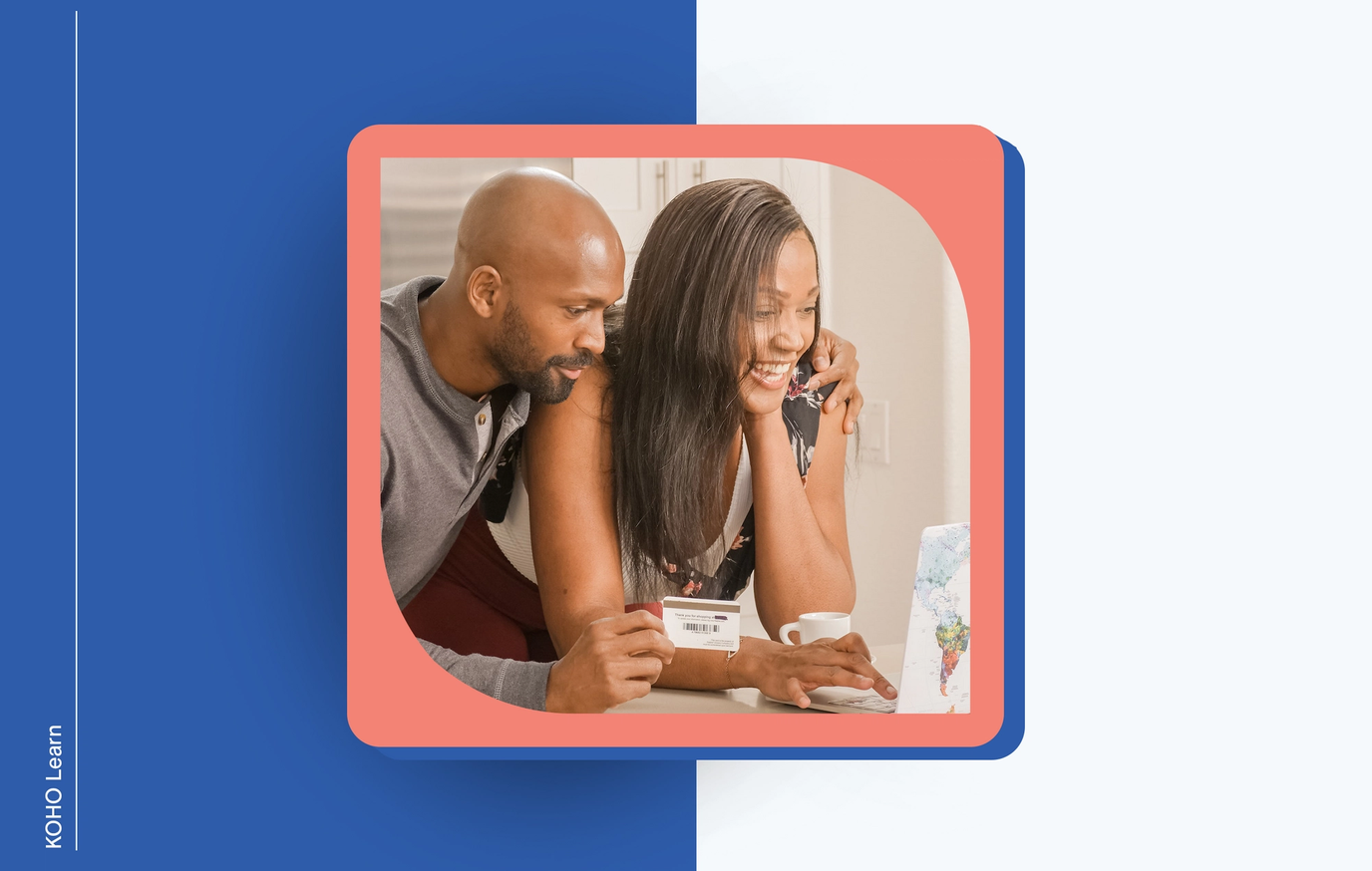
If you’re interested in saving for a down payment for a home in the next few months or near future, you’ll want to check in on your credit score. Most lenders in Canada require a minimum credit score of 680 to get approved for mortgage financing. Having bad credit might not automatically mean you cannot get a loan for a mortgage but it usually means the process will be much harder and more involved. A good credit score is key to mortgage approval, but getting a good credit score won’t happen overnight. It requires dedication and patience to build your credit score enough to get a mortgage approval.
Here’s what you need to know about your credit scores, how they can change, how to access them, why mortgage lenders care about them, and how to improve your credit score rating. Understanding the minimum credit score needed to get approved for a home loan will provide a goal for you to reach for as you work on your credit score.
Why Do Mortgage Lenders Look at Your Credit Score?
Lenders look at your credit score as a snapshot of how you manage your money. Your credit report tells them if you make on-time payments, pay your bills in full, and generally manage credit responsibly. By looking at your score they can compare it to the minimum credit score required for a loan amount.
While credit reports don’t always offer a holistic view of your finances, they can show lenders red flags that may indicate you’d be a risky borrower. For instance, if you have bills that have gone to collections or a history of late payments, a mortgage lender might worry you’ll also default on your home loan payments.
Lower scores will mean you will likely have a harder time meeting the minimum credit score required for a loan and will have to do more to compensate for the lower credit score and less-than-stellar credit history. You may face higher payments, steeper interest rates, and more costly mortgage payments if you do get approved with a bad credit score.
How a Good Credit Report Can Help Your Mortgage Approval Process
When buying a home in Canada, the Canada Mortgage and Housing Corporation requires at least one borrower or guarantor to have a credit score of 680 or higher. A 680 is considered a good credit score, which indicates you have a strong history of on-time payments. It will be easier to qualify for the minimum credit score requirements the higher your score is and the better your credit report standing.
Your chances of getting approved for a mortgage are even higher if your credit scores are routinely above 680. And if your score is above 760, which is considered excellent by credit bureau Experian, your chances of getting approved are even higher. A mortgage lender will look more favourable on higher scores and a good credit history. Your chances of mortgage approval go up the better your score is as a bad credit score will give lenders a bad view of your creditworthiness and how much a risk you pose for them.
If you have a higher credit score, you can typically secure a lower interest rate on your home and get more manageable mortgage payments. This of course can save you tens to hundreds of thousands over the lifetime of your mortgage. Locking in a low mortgage rate is particularly important in today’s rising rate environment.
How Long Does It Take To Build Credit To Buy A House
Before you start working on your credit, you need to know what score you’re starting with. Some credit cards offer access to your credit score, but you can also request a copy of your credit report from either of Canada’s two credit bureaus, Equifax or Transunion.
Once you have your credit profile, review it for any derogatory remarks like late payments na other factors that can impact your credit scores and credit limits. Focus on catching up on any past-due bills, maintain good payment history, and enroll in autopay to prevent yourself from missing a future payment.
From there, you can work to pay down any outstanding balances on credit cards in good standing. If you’re debt-free, it might be time to consider adding another credit card to the mix to help boost your credit score. A new line of credit can increase your credit utilization, which accounts for 30% of your credit score. Additionally, making on-time payments across multiple credit products can help raise your score even more.
Ways to Reduce Debt Before Buying a Home to Boost Credit Scores Range
Even if your credit score is in good shape, you’ll want to focus on paying down as much debt as possible before applying for a mortgage. Mortgage lenders consider the debt you hold when making borrowing decisions. Most lenders require a total debt-to-income (DTI) ratio (your monthly debt payments compared to your monthly income) of 35% or less, though some lenders may approve you with a DTI of up to 41%.
You want to lower your monthly debt payments and improve your credit history so that your income far exceeds your debts. Otherwise, a lender may worry that you don’t make enough money to pay off your other debts in addition to a new home loan. This is an important step in reaching that minimum credit score needed to get the best loan amount and the best rate for a home's purchase price.
There are different methods you can explore for paying down your debt, including:
The debt snowball method: Using this strategy, you’ll make the minimum payments on all of your credit accounts, and put extra money towards the smallest debt balance. Once you pay this off, you’ll target the next smallest balance, and so on. This allows you to see small debt wins as you close accounts by gradually focusing on larger amounts.
The debt avalanche method: With this method, you’ll pay the minimum on all of your monthly debt accounts and put more money towards the debt with the highest interest rate first. The method can save you the most in interest payments, but it may take longer to see small wins.
Increasing your income: If you’re able to, consider finding ways to boost your income by taking on part-time or gig work as a short-term solution to pay down your debts.
Start Building Your Credit Scores Today With KOHO
If you’re looking for a way to establish a healthy on-time payment history with a credit card before applying for a mortgage, consider a KOHO credit-building card. Adding the KOHO credit building card to your credit mix can help you lower your credit utilization, while improving your credit score with responsible use. You can also earn rewards on qualifying purchases, helping you get an extra return on each dollar you spend.
From improving credit history and credit report items to improving your overall credit scores and credit accounts. You can apply for a KOHO credit card and build your credit scores at https://www.koho.ca/.

About the author
Courtney is a professional writer, editor and financial literacy enthusiast. You can find her writing on CNET, Investopedia, The Motley Fool, Yahoo Finance, MSN and The Balance. She spends her free time exploring different cities across the globe or enjoy some downtime with her two cats and one dog.
Read more about this author